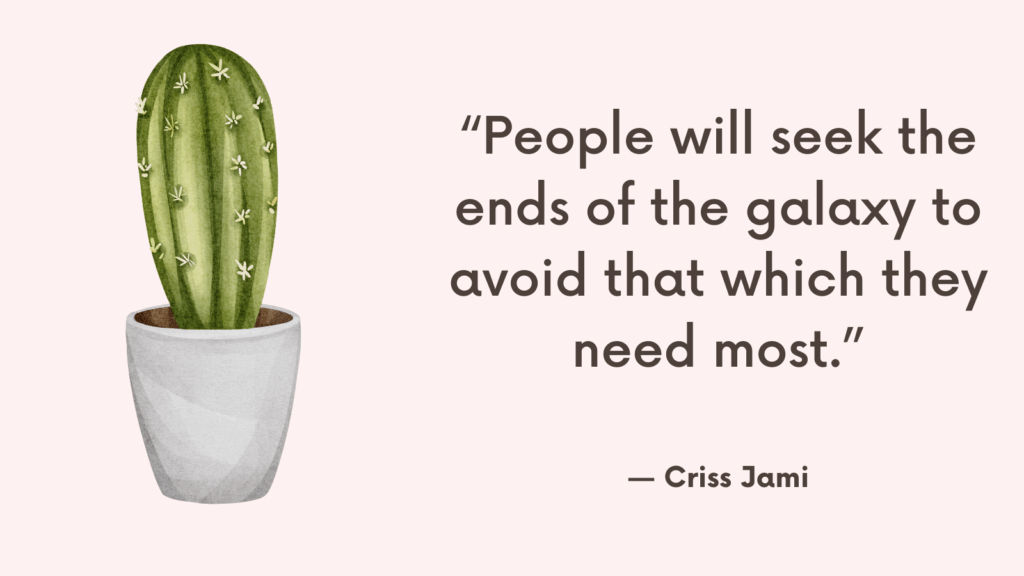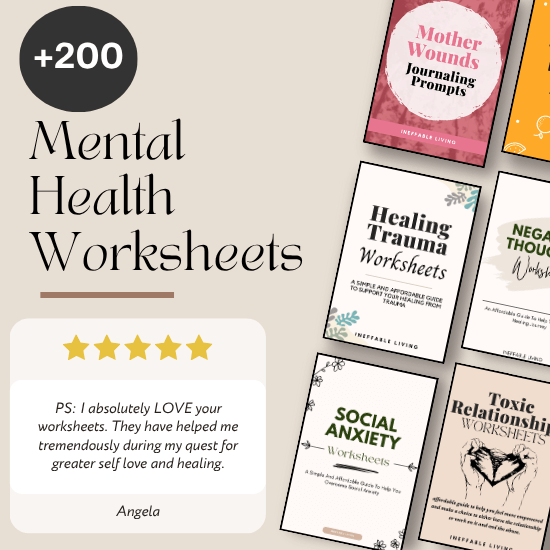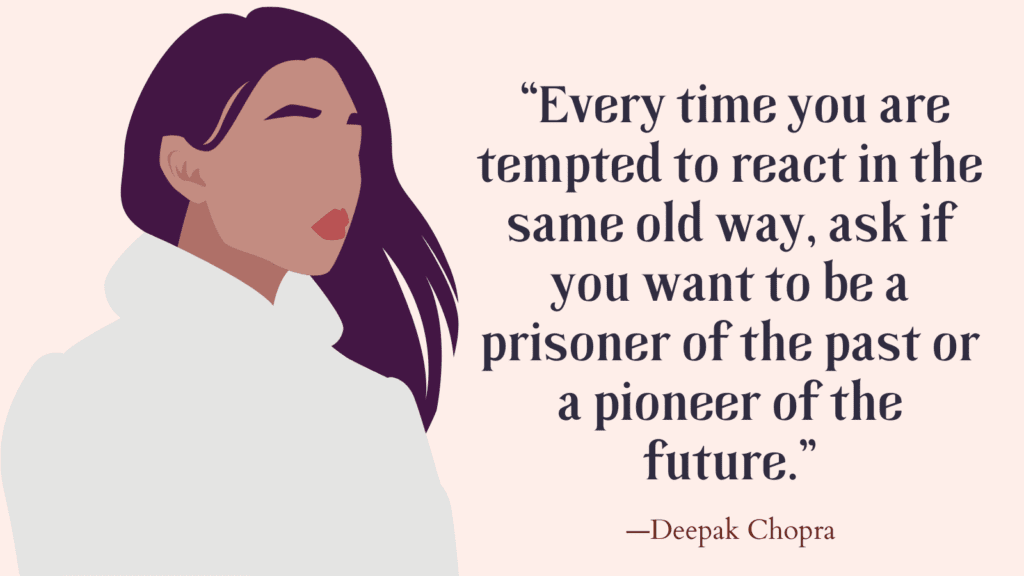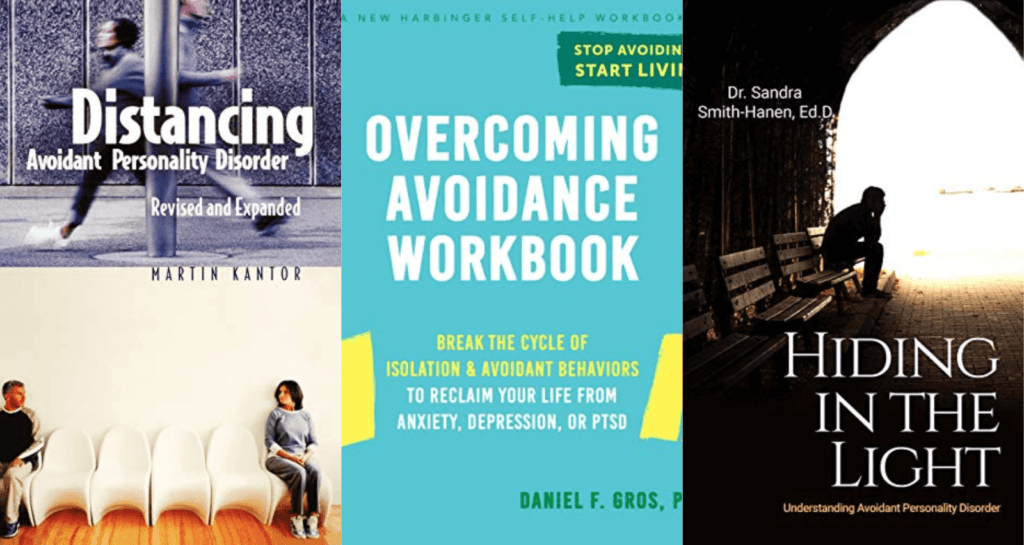Avoidance is a coping mechanism that promises short-term relief—but it always comes with long-term consequences. When you consistently avoid uncomfortable situations, thoughts, or emotions, you unknowingly feed your anxiety and reinforce the belief that you can’t handle discomfort. Understanding this loop is the first step toward breaking free.
The Cycle You Don’t See at First
You feel anxious about something—an appointment, a conversation, a memory, a task—and your body tells you to avoid it. And in the moment, that feels like relief. You skip the thing. The tension lessens. Your heart slows down. You feel safe again.
But that short-term relief comes with a long-term cost. Because the more you avoid, the more fear grows.
Avoidance is like watering a weed: it keeps anxiety alive, even when you’re trying to make it go away.
Avoidance isn’t weakness. It’s a natural response to discomfort. But if it becomes your only strategy, it builds a prison around your life—one quiet decision at a time.
Why Avoidance Feels So Safe
Avoiding triggers offers immediate relief
It delays discomfort, fear, embarrassment, or pain
It helps you feel more in control, at least temporarily
It gives the illusion of protection
But it doesn’t solve anything. It just shrinks your life to fit your fear.
Over time, this leads to greater anxiety, more isolation, and less trust in your ability to cope.
How Avoidance Fuels Anxiety?
1. Avoidance Sends a Message That “This Is Dangerous”
Each time you avoid something, you’re teaching your brain that the situation is a real threat. Over time, your brain believes that even mild discomfort is something to flee from, increasing your overall anxiety sensitivity.
2. The Fear Grows Stronger
What you avoid becomes bigger in your mind. The longer you stay away from the thing you fear, the more terrifying it seems—making it harder to return to later.
3. Short-Term Relief Reinforces the Behavior
Avoidance feels good in the moment because it relieves anxiety temporarily. But this “reward” strengthens the habit, making it more automatic and harder to resist the next time.
4. It Shrinks Your Comfort Zone
As avoidance increases, your tolerance for stress or uncertainty decreases. Eventually, even small challenges can feel overwhelming, limiting your ability to function and enjoy life fully.
5. It Blocks Problem-Solving
When you avoid a task or conversation, you miss the opportunity to gather real information, test assumptions, and gain confidence. This keeps anxiety based on fear, not facts.
6. It Undermines Self-Trust
Avoidance reinforces the belief, “I can’t handle this.” Over time, this erodes your confidence and sense of agency—two essential components of emotional resilience.
7. It Delays Healing
Avoidance prevents emotional processing. Whether it’s grief, fear, or trauma, unaddressed emotions build up and manifest as chronic anxiety, tension, or numbing behaviors.
Related: Top 10 Social Withdrawal Signs — & How To Social Isolation? (Hikikomori Syndrome)
Common Examples of Avoidance That Fuel Anxiety
Not opening emails or texts
Avoiding doctor visits or health checks
Saying “yes” to things you don’t want to do to avoid conflict
Overusing distractions like social media or TV
Avoiding eye contact, public speaking, or social situations
Not going to therapy because you’re scared of what might come up
Anxiety doesn’t just come from what you’re avoiding—but from how often you silence yourself.
What Avoidance Sounds Like in Your Mind
“I’ll deal with it later”
“If I ignore it, maybe it’ll go away”
“I can’t handle this right now”
“What if something bad happens?”
“I don’t want to make it worse”
“I’ll feel too overwhelmed if I face it”
These thoughts feel protective, but they’re actually keeping you in survival mode.
What to Do Instead?
1. Practice Gradual Exposure
Start small. Break down the feared situation into manageable steps. Facing your fears in bite-sized doses helps your brain reclassify them as safe.
2. Use the 10-Minute Rule
Commit to facing the avoided task for just 10 minutes. Often, starting reduces resistance and builds momentum.
Related: The Difference Between Coping & Escaping
3. Reframe Discomfort as Growth
Remind yourself: “Discomfort is a sign I’m growing, not failing.” Shifting your mindset helps reduce avoidance-based reactions.
4. Build a Self-Soothing Toolkit
Have calming tools ready—deep breathing, grounding exercises, supportive self-talk—to use when facing anxiety triggers. This makes the experience feel safer.
5. Stay Present With Emotions
Instead of fleeing uncomfortable feelings, sit with them. Label them: “This is anxiety.” “This is fear.” Acknowledging emotions helps you process rather than avoid them.
6. Practice Self-Compassion
You’re not weak for avoiding things—you’re human. Replace shame with kindness: “I’m learning to face things at my own pace.”
7. Track and Celebrate Progress
Keep a journal of situations you faced, no matter how small. Noticing growth builds motivation and confidence.
Related: Best 9 Tips On How To Stop Avoidance Cycle (+FREE Worksheets PDF)
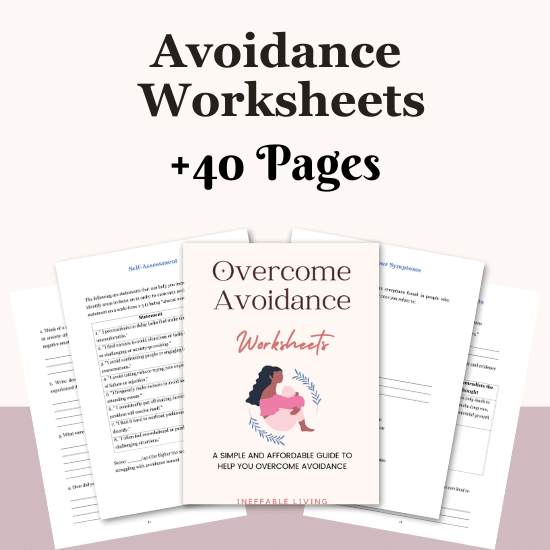
Conclusion
Avoidance feels protective—but it’s anxiety’s way of keeping you small. When you gently choose action over escape, you show your brain that you are capable, resilient, and safe.
